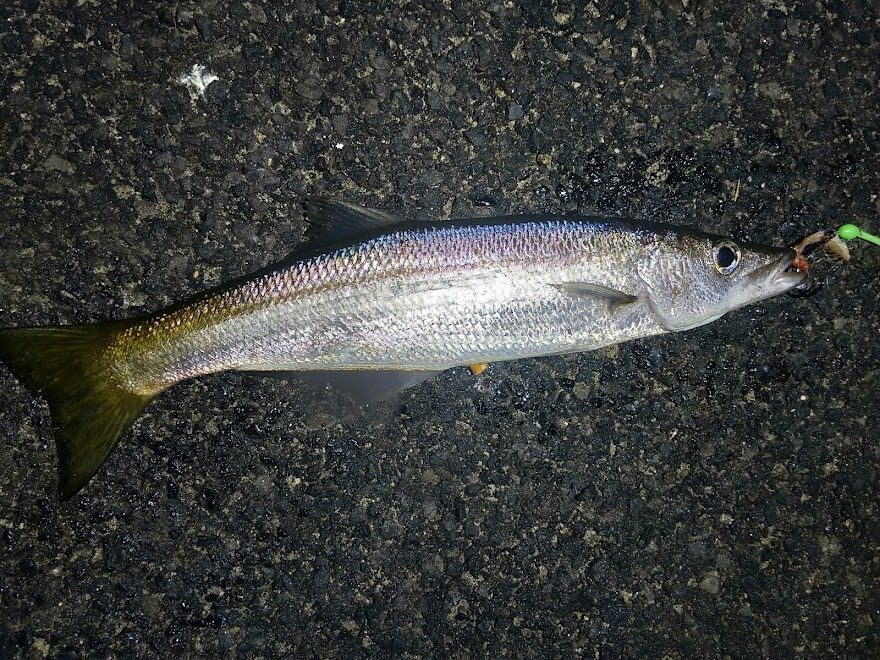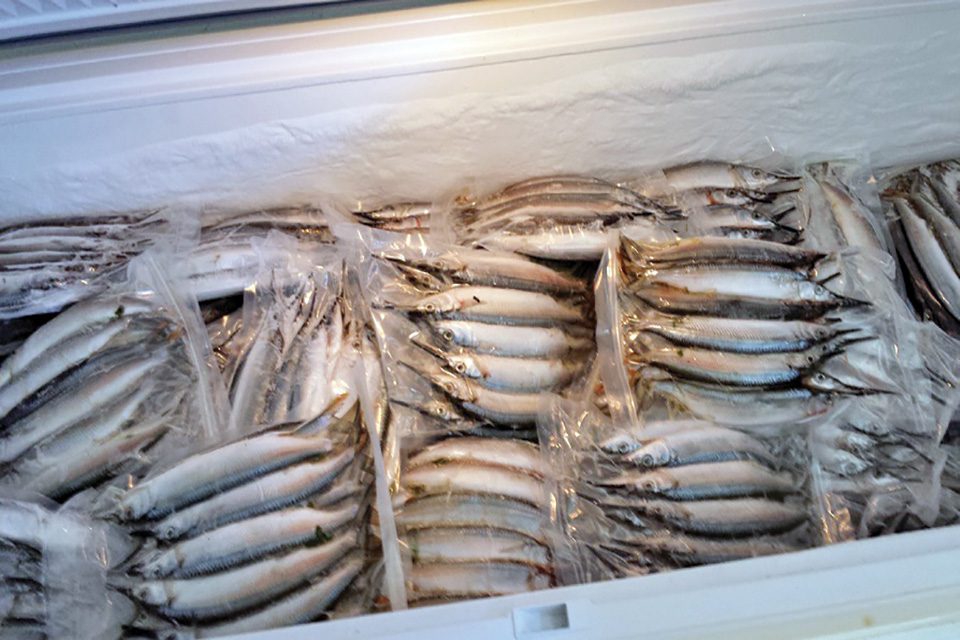Kayak fishing has become more popular in recent years. It provides an alternative to fishing boats, but it actually has a long-standing tradition from ancient and indigenous peoples from the northern and Arctic regions.
Kayak fishing is popular in calmer freshwater settings, mostly in lakes, coastal waters, and steady rivers. Seawater kayaking is also popular. However, beginners should stick first to freshwater bodies with less deep waters such as calmer lakes. Don’t even try going for busy rivers as these bodies of water are busier, with unpredictable currents more suited for advanced kayakers.
Choosing a Fishing Kayak
Modern fishing kayaks will have all the essentials you’ll need for fishing, such as hatches, fish container coolers, gear and rod holders, GPS devices, fish finders, anchors with anchor trolleys, lights, and other additional features. Ask store salesladies and managers for tips on the reasonably priced ones that have the essentials you’ll need for general fishing. Assuming you already have your basic fishing gear at this point, make sure to check the kayak if it can accommodate your tools, gear, terminal tackles and accessories without going too heavy.
Finding a good kayak for beginners is mostly easy, but you need to test and measure it first according to your height and size. But generally, beginners need a fishing kayak made of very durable but lightweight materials such as carbon fibre, glass fibre, polyethylene, and other material builds of this type. You’d want to use a starter type with a wider berth of up to 1m or so for good balance.
The Kayak and Paddle Specs
A good kayak length will be around 3 meters plus for kayakers below 6 feet in height. Taller and bigger fishers around 6 feet or more are advised to go for a 3.65m (12 foot) kayak and upwards that can provide better stability. Some kayak widths are 1m in width size for the best balance and stability. You may be slower than longer and more narrow kayaks, but you will be more steady and it will be easier to maneuver.
The average beginner kayak length starts at the 3m or (10-foot) range. Bigger kayaks can be as long as 4.26m (or 14 feet) and as wide as 1m in width but this only provides much more stability in the water.
A good paddle size for beginners will be around 220 to 230cm in length. Test it with your kayak first and see that it should be balanced while paddling but the ends are submerged into the water. They should be light and provide good resistance while being able to push with good force.
Your First Ride and Fishing Session
The first rule of kayak fishing is getting your kayak basics down first. You have to learn the proper balancing and paddling properly with solid practice beforehand. Get some practice in calmer waters with experienced kayaking mates who will guide you with good tips.
Next is casting while balancing on your kayak. Don’t be in a hurry and be calm, but remember the mosty important tip here: As a general rule maintain balance by sitting upright with your head always aligned at the center—always. Or else you will end up falling once your head sways off-balance to either side. Your head will lead your weight and will make you fall.
You can adjust sideways on your kayak if needed, but keep your head in the vertical centerline all the time. This is essential. When moving to get equipment at the back you can shift your feet to one side even outside the kayak and remain sitting, but keep an upright straight position with your head and body’s vertical weight at constant. This is important.
Wear Proper Clothing
You also need to wear proper fishing gear for kayaking. A PFD or personal floatation device life vest or jacket is the first and most essential item you need at all times. I repeat this and stress this enough, no matter how shallow your waters are, it is a non-negotiable. In any event, you fall or get carried by currents, you are safe and you will float with this essential item. Please don’t leave home and kayak-fish without it.
Next are some preferably quick-drying, loose, and comfortable clothes made of breathable material, or a drysuit. As much as possible don’t wear cotton shirts and other clothing that will heavily absorb and soak you in water. You will get wet and get splashed, and even possibly fall into the water. In case you do, you’ll be comfortable and functional enough to fish. Remember to secure your important items in a waterproof bag and set them down in a steady and secure place near you.
Time to Fish
By the time you’re ready to go on an actual kayaking fishing trip, you’ll at least be ready and have some pre-practice time down. Remember your essentials and your reminders when doing your first bait or lure fishing or even some long-distance casting. Stick to the easiest level of fishing first for your first few sessions and get a feel of your body weight in relation to your kayak.
Another general rule is to center your actions when casting and retrieving. Mind your balance and your surroundings all the time. If you’re pulling fish, take care not to go too much to one side while rocking the kayak, and stay centered as if there’s a vertical line from your head to your body and the base of your sitting position on the kayak. And please, remember not to stoop down low with your body weight to either side. This will keep you from falling head-in first.
Always go with kayak-experienced mates and focus on your fishing with some patience. Go out and have fun, but be safe. Happy kayak fishing!
Important Beginner-Level Kayak Fishing Guidelines








